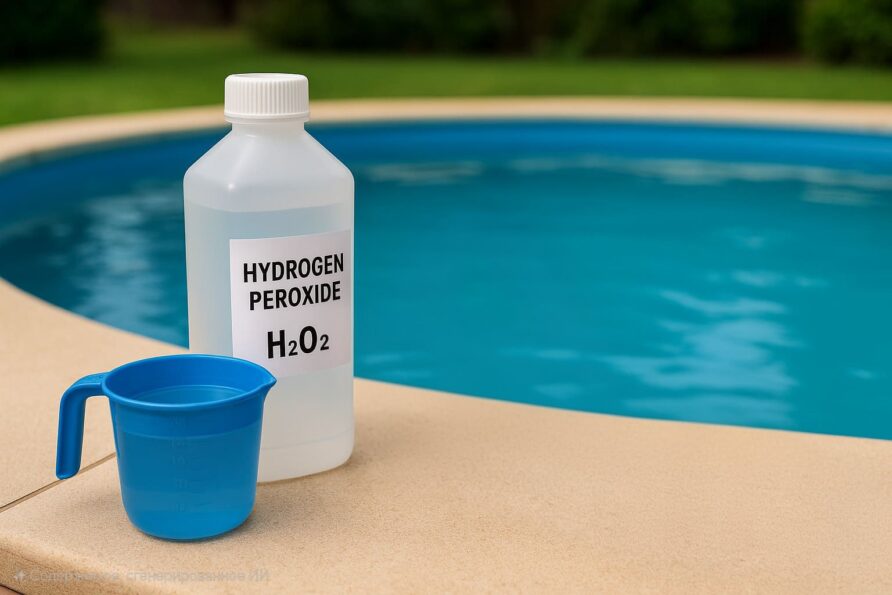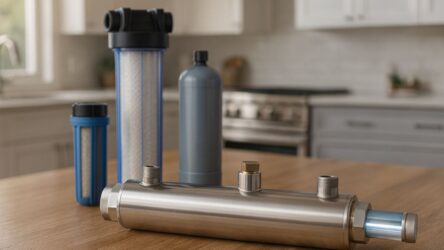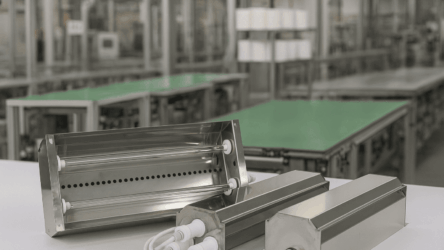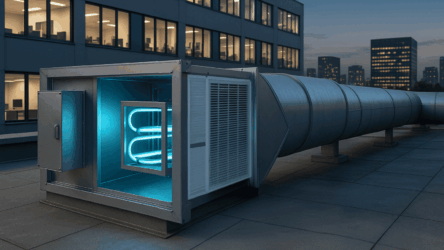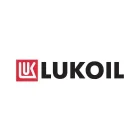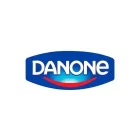Hydrogen peroxide, also known as active oxygen, is a well-known alternative to chlorine for keeping pool water clean and clear—especially in private, above-ground backyard pools. But how effective is it really? Is it safe? And what are the limitations of its use? Let’s explore.
How H₂O₂ Works in Pool Sanitation
Typically available in concentrations of 37% or 60%, hydrogen peroxide helps address multiple water quality issues when used correctly:
- It clarifies murky water.
- It disinfects by killing many bacteria, viruses, and certain fungi.
- It oxidizes organic matter like sweat, skin oils, and cosmetics.
- It breaks down into harmless water and oxygen, leaving no toxic residue.
But the effectiveness of hydrogen peroxide heavily depends on precise dosing. Underdosing results in weak disinfection, while overdosing can lead to skin irritation or allergic reactions.
| Contamination Level | Hydrogen Peroxide 30–40% | Hydrogen Peroxide 60% | Exposure Time |
| Low | 500–700 g | 400–500 g | 24 hours |
| Medium | 800–1100 g | 600–700 g | 48 hours |
| High | 1200–1400 g | 700–800 g | 72 hours |
Hydrogen Peroxide vs. Chlorine: Which Is Better?
Chlorine remains one of the most widely used disinfectants. It’s cost-effective, long-lasting, and highly efficient—especially against bacteria like E. coli. However, chlorine use can cause unwanted side effects: a sharp smell, skin and eye irritation, and the formation of chloramines, which are particularly bothersome for children and those with sensitivities.
In contrast, hydrogen peroxide is odorless, non-irritating, and well-suited for pools with iron or sulfur in the water. It even bleaches green algae. But it loses potency quickly, especially in warm water (above 28°C), and is less effective on its own against high levels of microbial contamination.
While both sanitizers have their strengths and drawbacks, they can be used in tandem—though not simultaneously. Shock chlorination is still occasionally recommended, as hydrogen peroxide alone may not eliminate all pathogens.
Why Combine Hydrogen Peroxide with Ultraviolet Treatment?
Some microbes are resistant to hydrogen peroxide, leaving a residual risk of contamination. To address this, many pool owners turn to a combined system: hydrogen peroxide plus a UV sterilizer like the UVL-AQUA system.
Here’s how the synergy works:
- Hydrogen peroxide breaks down organic contaminants and clears water turbidity.
- This improves UV light penetration, which then targets microbial DNA, disabling their ability to reproduce.
- The result is an enhanced level of disinfection with minimal use of aggressive chemicals.
Key Benefits of This Combo Approach
- Eliminates up to 99.9% of bacteria and viruses, including those resistant to peroxide.
- Effectively combats algae and bio-contaminants.
- Maintains safe, sterile water conditions without overusing chlorine.
It’s important to note that UV exposure accelerates the breakdown of H₂O₂, so peroxide levels must be monitored and adjusted regularly. When managed correctly, this hybrid system delivers crystal-clear and microbiologically safe water—ideal for any small backyard pool.

